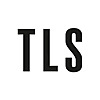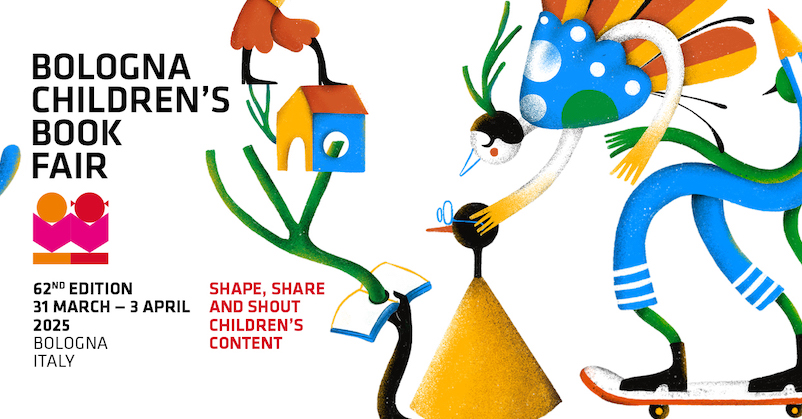Since her death in 2006, Octavia E. Butler’s reputation has only grown. Her Xenogenesis trilogy – Dawn (1987), Adulthood Rites (1988) and Imago (1989) – stands as one of the most significant works of science fiction from the 1980s. Her powerful dystopian novelsParable of the Sower (1993) and Parable of the Talents (1998), meanwhile, seem now not only masterpieces, but also eerily prescient.
Chi-ming Yang, an academic at the University of Pennsylvania, has written a critical study of Butler that departs from the conventions of a traditional academic monograph. Part of the Oxford University Press’s new My Reading series, it follows the series’ aim of exploring “what it is like to care about particular authors and works”, and demonstrating “their effect upon a reader’s own thinking and development”. Given how impenetrable academic writing can be for general readers, an accessibly written, subjective and wide-ranging book of this kind is a welcome approach.
Structured as an A-Z of Butler’s life and work, Yang’s book draws from an archive of unpublished Butler material that she discovered in the Huntington Library, California. This archive spans five decades, but Yang chooses to focus exclusively on Butler’s juvenilia, offering “a rare glimpse of Octavia’s life via her youthful writings”. This focus, the author explains, inspired the book’s abecedarian format: “It seems only fitting that a study of childhood should take the form of an ABC of O.E.B.”. For this structure to transcend mere gimmickry, however, a stronger rationale would be needed. The entries vary widely in substance: some are rich and illuminating, while others feel insubstantial. For instance, “P is for Public Library” simply tells us that “Octavia read horse books borrowed from Pasadena Public Library”. The entry “N is for Notebook” is a brief mention that “the archive is vast and her notebooks, legion”, accompanied by scans of notebook covers.
Although Butler’s significance as a twentieth- century American writer is rightly emphasized, the book offers surprisingly scant analysis of her major fiction. Instead it functions more effectively as a biographical study of the novelist’s childhood, drawing on her notebooks and drawings, and Yang’s contextualization of these materials. This is valuable, but the connections between Butler’s early experiences – of American racism, of her own shyness and determination – and her later literary achievements often feel tenuous.
Yang also highlights Butler’s childhood drawings of horses, many of which are reproduced and discussed throughout the book. However, while the author describes them as possessing a “charm and meticulous composition” that transcends their artistic crudeness, they are ultimately no more remarkable than the pencil sketches of horses drawn by countless children. The prominence given to these drawings – dozens appear in the main text, with an additional ten in an appendix – feels excessive. Yang attempts to link them to Butler’s later themes of eco-feminism, animality, alien embodiment and eroticism, drawing comparisons to Jonathan Swift’s Houyhnhnms, Anna Sewell’s Black Beauty and, somewhat oddly, Dickens’s David Copperfield (which she concedes is “not the horsiest of Dickens’s novels”).
The tone is chatty and digressive, in keeping with the My Reading series, and the book frequently incorporates Yang’s personal experiences – her childhood horse-riding, being bitten by a dog and visiting places where Butler lived. Some of these connections feel meaningful, but others appear arbitrary. Yang notes: “Though nowhere near Octavia’s height, I was big for my age … until middle school”. She also shares that she “kept a diary from first grade all the way through college”, much like Butler – but then, so did many children. At one point, she quotes Butler’s childhood dismissal of A Tale of Two Cities as “so extrimely [sic] detailed and boring”, then adds: “I never actually read Dickens as a child”. These asides, while adding a subjective dimension, do little to deepen our understanding of Butler’s work.
There are also moments where scholarly rigour falters. Samuel Delany, a writer whose importance to science fiction is at least equal to Butler’s, is mistakenly referred to as “Samuel Delaney” throughout. Discussing the ooloi, the third gender in Butler’s Xenogenesis trilogy, Yang claims that the word “oozes sex” because its three Os “slide into an i” – an interpretation that seems speculative at best. (The word more likely recalls H. G. Wells’s Eloi than any phonetic sensuality.) At another point, she declares “Animals are like books”, without offering much supporting evidence for the claim.
Yet to nitpick may be to miss the spirit of the My Reading project. Chi-ming Yang’s admiration for her subject is clear, and that enthusiasm permeates her book. While it may be uneven in execution, it provides a unique and personal engagement with Butler’s life and legacy.
Adam Roberts is a science fiction author and a Professor in the English department at Royal Holloway, University of London
The post Childhood’s end appeared first on TLS.

 By Times Literary Supplement | Created at 2025-04-02 12:32:28 | Updated at 2025-04-04 04:05:19
1 day ago
By Times Literary Supplement | Created at 2025-04-02 12:32:28 | Updated at 2025-04-04 04:05:19
1 day ago







